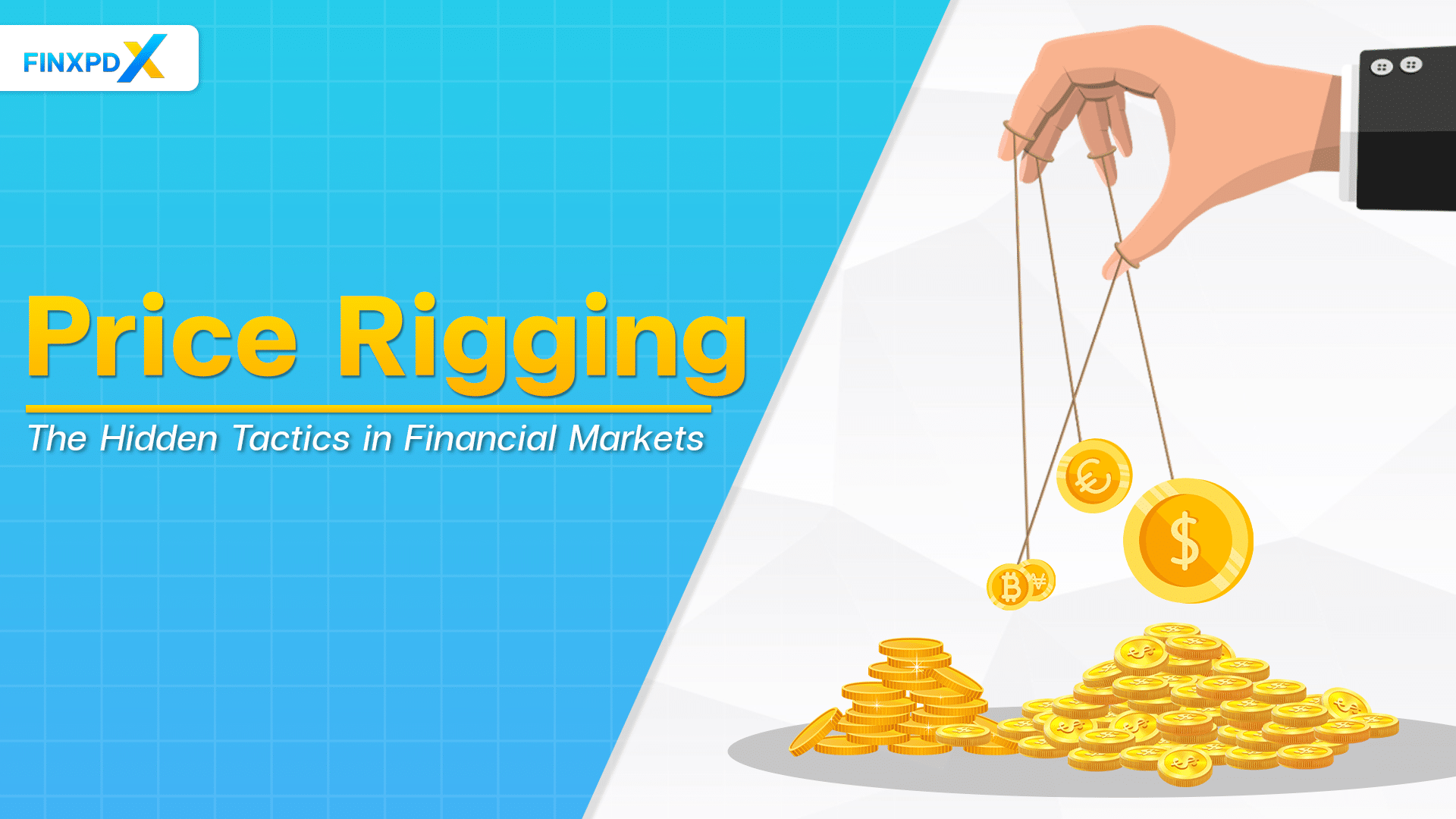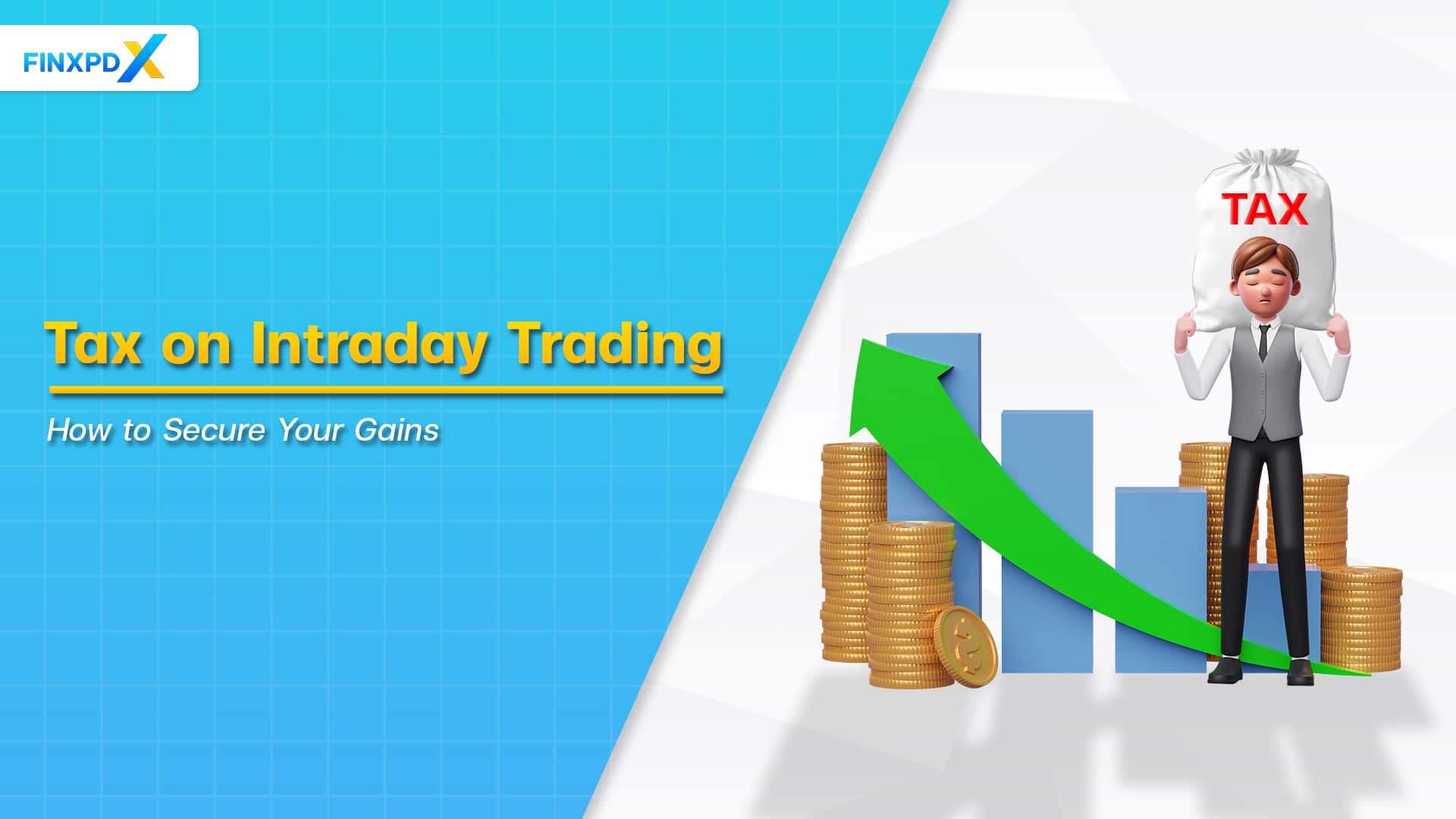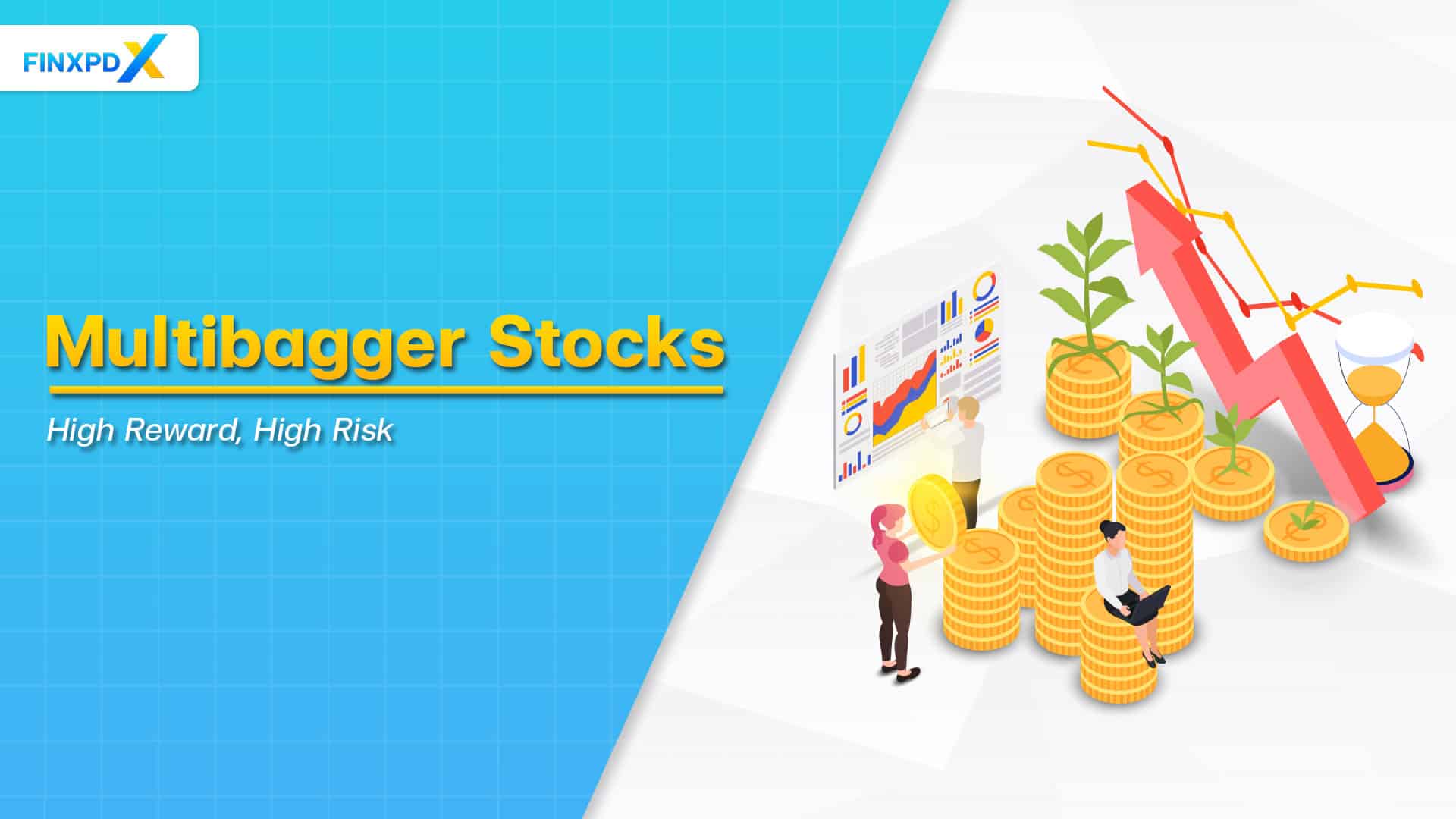Price rigging is a form of market manipulation that can have significant implications for individuals and entities investing in financial markets. Price rigging is considered a type of investment fraud, as it deliberately misleads investors and distorts market conditions.
In this article, we will provide an overview of price rigging, including the key concepts, strategies employed, and its impact on investments.
How Does Price Rigging Work?
Price rigging is a deceptive and often illegal practice observed in various financial markets such as stocks, commodities, and currencies. It involves artificially manipulating the prices of these financial instruments to create false or misleading market conditions. This manipulation is typically carried out with the intent to deceive or mislead investors, especially those who are unaware of the underlying manipulative activities.
The process of price rigging can be carried out by individuals, groups of traders, or even organizations. Often, these entities work in collusion, coordinating their actions to achieve a significant impact on the market.
Key Takeaways
- Price rigging is an illegal activity that manipulates prices in financial markets.
- Price rigging can lead to distorted market conditions and financial losses for investors.
- Two common strategies of stock price rigging are pump and dump and spoofing.
- Pump and dump is a manipulative scheme where individuals artificially inflate the price of a stock by spreading positive and misleading information about it.
- Spoofing is a deceptive trading strategy that involves placing fake orders in financial markets to create the appearance of market demand or supply.
2 Common Strategies of Stock Price Rigging
Pump and Dump
Pump and dump is a common strategy used in stock price rigging. In this scheme, manipulators artificially inflate the price of a stock by spreading positive and misleading information about the company. They may use various platforms, such as social media or fraudulent newsletters, to promote the stock and create a sense of urgency among investors. Once the price reaches a certain level, the manipulators sell their shares, causing the price to plummet. Unsuspecting investors who bought the stock at the inflated price are left with significant losses.
Spoofing
Spoofing is another strategy used in price rigging, particularly prevalent in high-frequency trading. It involves placing a large number of fake orders to create the appearance of market demand or supply. These orders are quickly cancelled or modified once the market reacts, allowing the spoofer to profit from the price movement. Spoofing creates false market signals and can distort price levels, causing losses for other traders.
5 Steps on How to Identify Price Rigging
Identifying price rigging can be challenging, as manipulators often use sophisticated techniques to conceal their activities. However, there are some red flags that investors can look out for:
1. Unusual Price Movements
Sudden and significant price fluctuations may indicate price manipulation. These movements are often unexplainable by market fundamentals or news events.
2. Abnormal Trading Volumes
Observing unusually high or low trading volumes can be a sign of price rigging. This is particularly true in the case of illiquid securities.
3. Patterned Trades
Repeated and predictable trading patterns, as well as timing, can indicate coordinated efforts to manipulate prices.
4. False or Misleading Information
The presence of misleading reports, rumors, or promotional materials that artificially influence investor sentiment can drive price movements. This may suggest price rigging.
5. Wash Trading
This involves buying and selling securities simultaneously or sequentially with the same counterparty. It creates the illusion of genuine trading activity, which is often not the case.
How to Protect Yourself From Price Rigging
While it’s challenging to completely eliminate the risk of falling victim to price rigging, there are steps investors can take to protect themselves. Here are some key measures to consider:
Stay Informed
Staying updated on market trends, news, and regulatory changes is crucial. Understanding the dynamics of the market can help you identify anomalies and suspicious activities.
Conduct Thorough Research
Before making investment decisions, it’s important to conduct thorough research on the companies, products, or assets you are considering. Look for credible information and evaluate the legitimacy and stability of the investment.
Diversify Your Portfolio
Diversifying your investments across different asset classes and sectors can help reduce the impact of price rigging on your overall portfolio. A well-diversified portfolio is less susceptible to manipulation targeting specific assets.
Monitor Trading Activities
Keeping a close eye on trading activities in the market is important. Look for suspicious patterns or abnormal trading volumes that could indicate price manipulation. If something seems off, consider seeking professional advice or reporting the activity to the relevant authorities.
Verify Sources
Being cautious of investment advice or information that comes from unverified sources, especially those promising quick profits or guaranteed returns. Verify the credibility and track record of sources before making any investment decisions.
Be Skeptical of High Returns
Being wary of investments that promise unusually high returns with little to no risk. The adage “If it sounds too good to be true, it probably is” is particularly relevant here. Unrealistic returns are often a red flag for potential investment fraud.
Conclusion
Price rigging is a serious issue in financial markets that can significantly impact investors. Understanding the strategies used in price rigging, such as pump and dump and spoofing, is crucial for recognizing red flags and protecting investments. By staying informed about market conditions and conducting thorough research, investors can make more informed decisions and reduce their exposure to price manipulation.
Remaining vigilant is key to safeguarding investments from fraudulent practices. Paying attention to unusual market movements, suspicious trading activities, and sudden dramatic price changes can help investors identify potential cases of price rigging. Reporting any suspicious activities to regulatory authorities can also contribute to combating this form of market manipulation.
FAQs
Price rigging is when people trick others by changing stock prices unfairly. They make prices go up or down to make money for themselves, which is bad for other investors.
If you’re an average investor, price rigging can trick you into making bad investment choices, leading to losing money. It makes the stock market less trustworthy and fair.
Look out for strange changes in stock prices that don’t make sense, stocks being traded a lot more or less than usual, trading patterns that repeat in a suspicious way, and false news that affects stock prices.
Yes, price rigging is illegal. It’s a type of cheating in the stock market. Authorities like the SEC in the U.S. have strict rules against it and will take action against people who do it.
To keep your investments safe, stay up-to-date on market news, research well before investing, spread your investments in different areas, watch out for odd trading activities, be careful of advice that sounds too good to be true, and get help from financial experts if you’re not sure about something.
Related Articles:
- Discretionary Trading: A Great Way to Handle Volatility
- Dow Theory: How to Predicting Market Trends Effectively
- Market Mood Index: The Useful Tool for Market Prediction
- Find Best Types of Trading in the Stock Market Now!
Read more: Stocks








